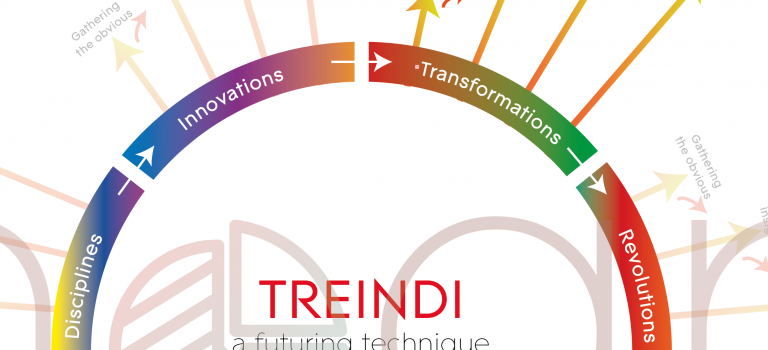a futuring technique for public organizations
Still a holy grail in market research: the DESTEP – STEEPLE – method. It is taught in almost every business-related course in the world and a very powerful tool to map trends for strategic purposes.
However, there are a few fatal flaws that may cause users of this method to miss out on important opportunities:
- It’s too broad to grasp the real pains and gains of customers and clients as well – and as such may result in insights for the whole market rather than insights for your users specifically.
- It’s supposedly a desk research method, missing out on many ‘odd’ opinions and visions that may actually change your market sooner than you think.
- It’s based on ‘old-world-thinking’ by looking into economies, demographics and technologies, rather than shifting paradigms, sociographics and new business models that may or may not be digitally enabled.

